Review: 2010 Ford Taurus SHO
Reviving a legendary nameplate inevitably invites comparisons. As is often the case, those for the new 2010 Ford Taurus SHO have not been favorable. Judging from reviews, forum postings, and (I’ll predict) the comments below, the 2010 lacks whatever made the original legendary. Well, I drove the original SHO back in 1989. And now I’ve driven the 2010 for a week. For better or worse, the similarities outweigh the differences. So, what’s missing in the SHO’s revival?
Yes, the 2010 Taurus SHO, while strikingly handsome, is notoriously BIG. At a glance it looks large. Then you walk up to it and realize that the unusual height of the car—like its Five Hundred antecedent essentially a crossover in sedan form—disguises just how large it is. The new Taurus is even larger than it looks. The 1989 SHO was far smaller, about the size of the today’s Fusion. And yet the old SHO was larger than imported midsize sedans back in the day. The 2010 SHO isn’t easily distinguishable from a Taurus Limited. Guess what? The 1989 was similarly criticized.
The interior of the 2010 SHO is the most stylish yet in a Taurus. Faint praise, perhaps, but the center stack sweeps cleanly back into a prominent center console much like it does in some very upscale sedans…and the new Buick LaCrosse. Unconvincingly faux upholstered door panels—they’re hard to the touch, and look it—leave room for Lincoln. Because of this and some other sub-premium details, the 2010’s interior isn’t quite that expected inside a $38,000 (and up) car. And yet it comes closer than the 1989’s did. The original SHO’s shoddily assembled, disjointed interior was less
competitive aesthetically even by the much lower standards of its era. On the other hand, the layout and design of the 1989’s various controls approached ergonomic perfection. The dramatic center stack in the 2010 places the buttons towards the top well out of reach.
The 1989 SHO’s relatively large exterior enabled a roomy interior. Too roomy for my taste—I couldn’t quite connect with the car partly because it felt a little loose around the elbows. The 2010 Taurus’s absolutely huge exterior enables…sportier styling. Those seeking an expansive interior should hunt down the far more space efficient 2008-2009 Taurus. The prominent console, bunkerized beltline, and rakish C-pillar all rob the interior of perceived roominess. Yet a personal connection with the new SHO also proves elusive. As in many recent GM products, the instrument panel and base of the windshield are simply too far away. Adding injury to insult, the telescoping wheel is also
overly distant even when fully telescoped, forcing a slightly knees-wide driving position.
Befitting the car’s all-around performance aspirations, the original SHO’s front seats were endowed with large adjustable side bolsters. Ford put in less effort (and investment) this time around. The seats differ little from those in the regular Taurus. They’re far too soft and formless for a sport sedan. In turns, the squishy side bolsters give way at the slightest provocation. The SHO’s faux suede center panels help, but do not sufficiently substitute for effective bolsters.
The new SHO’s moderately soft, underdamped standard suspension tuning further suggests that handling was a lower priority this time around. The driving position accentuates the car’s size. The large diameter typical of Detroit’s steering wheels makes the feedback-free steering seem slower than it actually is. On top of this, the chassis feels vague, indecisive, and unresponsive through the seat of one’s pants, as it does in all Fords and Lincolns that share this platform. Fit for family sedan duty, even luxury sedan duty,
but not for aggressive driving in anything but a straight line. Roll and understeer aren’t excessive, and grip is decent, but there’s little joy to be had in the twisties. I certainly tried, to the tune of 5.7 MPG during my handling test loop. (The firmer suspension in the optional Performance Package should help, but the 9 to 20 percent changes probably aren’t large enough to make a dramatic difference.) In the 2010 SHO’s defense, it does provide a smooth and quiet (if sometimes insufficiently settled) ride.
The 1989 SHO felt much firmer, though still short of agile. Its 1980’s Detroit-style oversprung sport suspension was blessed with all of the finesse and refinement of a sledgehammer in turns and over bumps. (Ford softened the SHO up in later years.) You paid dearly for the original’s extra firmness, and the car still didn’t handle all that well.
Steering feel? Even two decades later Detroit can’t find it without the aid of a European subsidiary, and 1989 was just a few years out of the Dark Ages when spinning the wheel with a single fingertip was the ideal. The steering in the original Taurus was far better than any Ford had offered in a North American sedan before, but its feel and weighting were both somewhat odd.
The 2010 can be paired only with a six-speed automatic, albeit one shiftable via paddles (but not via the lever). The 1989 was offered only with a Mazda-supplied five-speed manual transmission, a sure sign of its superior purity. Unfortunately, in practice the
shifter and clutch were even less congenial than the suspension.
So why the mystique of the original? Let’s recall what the letters SHO stand for: “super high output.” To earn this moniker, a car needs neither efficient packaging nor agile handling. In fact, it needs only one thing: a stonking powerplant. Ultimately, the SHO’s plot was simple: decent car, outstanding engine. The year the wall fell 220 horsepower from a 3.0-liter V6 easily qualified. After all, the “H.O.” V8 in that year’s Mustang GT cranked out only five more. The regular Taurus got by with 140.
Does the new car’s powerplant qualify? The turbocharged 3.5-liter V6’s 365 horsepower, a 102-horspower bump over the regular Taurus, would seem to render it worthy. At 4,400 lbs., the 2010 SHO might be over a half-ton heavier than the original, but the nearly lag-free “I can’t believe it’s not normally aspirated” engine’s additional oomph more than compensates. After a slightly sluggish start (first gear should be shorter) the new SHO feels very quick, and it’s even quicker than it feels. The standard Haldex-based all-wheel-drive system lacks a rearward bias or active rear differential, so it doesn’t help the car feel more agile. Much more could be done here. But AWD does nearly eliminate the torque steer that afflicted the original SHO. Fuel economy is high teens in typical
suburban driving and can reach 25 on the highway, quite good considering the car’s power and mass.
So, with the engine’s output suitably high, what’s really missing from the 2010 SHO? Well, to start with, the quality of power delivery. Back in 1989 the zing of a fine DOHC engine was still fresh, and they didn’t come finer or zingier than the Yamaha-developed and –supplied V6 until Acura introduced V-TEC in the far more expensive NSX a year later. This was a sweet, sweet motor. In contrast, the new SHO’s EcoBoost V6 shares the regular 3.5’s pedestrian soundtrack and languid reactions to throttle inputs. Count on Ford to make the experience of 365 horsepower seem almost ordinary. I’ve never been more bored driving such a powerful car. The far more engaging (but also far more punishing) Acura TL SH-AWD suggests what might have been if the SHO had been gifted with a singing voice, handling-oriented AWD system, and razor sharp responses.
Then there’s the appearance of the engine. Ask a 1989 SHO owner for his favorite photo of the car, and it will likely be one of the engine. Crowned with a dozen interwoven satin silver-finished metal (yes, real metal) intake runners, the 1989’s engine looked even more special than it felt. A relic of the engine’s originally intended destination amidships a
canceled sports car? Certainly an engine this beautiful couldn’t have been created with the Taurus in mind. Imagine discovering the legs of a dancer beneath a nun’s habit. (No, not a real nun, you’re not that sick.) Finding this beauty beneath the hood of a Taurus was even more of a pleasant surprise. Open the hood of the 2010 SHO, and you’ll also be surprised, but in the opposite direction. Black plastic abounds. You’ll find more visual thrills beneath the hood of an Aspire. (No, not a pink Aspire, you’re not that sick.)
So, mystery solved. The 2010 Ford Taurus SHO is huge, and it doesn’t engage or entertain on a curvy road. But Detroit ruled with this “stylish, big, quiet, soft, and fast” formula in the past, and Lexus has found that a healthy market continues to exist for such a car. What’s more, the original SHO achieved automotive sainthood despite larger sins. So what does the 2010 truly need that it doesn’t have? An engine that can smile pretty for the camera and sing, and not just dance.
Ford provided the vehicle, insurance and one tank of gas for this review.
Michale Karesh owns and operates TrueDelta, an online source of automotive pricing and reliability data.
Michael Karesh lives in West Bloomfield, Michigan, with his wife and three children. In 2003 he received a Ph.D. from the University of Chicago. While in Chicago he worked at the National Opinion Research Center, a leader in the field of survey research. For his doctoral thesis, he spent a year-and-a-half inside an automaker studying how and how well it understood consumers when developing new products. While pursuing the degree he taught consumer behavior and product development at Oakland University. Since 1999, he has contributed auto reviews to Epinions, where he is currently one of two people in charge of the autos section. Since earning the degree he has continued to care for his children (school, gymnastics, tae-kwan-do...) and write reviews for Epinions and, more recently, The Truth About Cars while developing TrueDelta, a vehicle reliability and price comparison site.
More by Michael Karesh
Latest Car Reviews
Read moreLatest Product Reviews
Read moreRecent Comments
- Zerofoo An almost 5000 pound hot hatch that fell out of the ugly tree and hit every branch on the way down? No thanks.
- Tassos Jong-iL This would still be a very nice car in North Korea.
- Jeff One less option will be available for an affordable midsize sedan. Not much can be done about GM discontinuing the Malibu. GM, Ford, and Stellantis have been discontinuing cars for the most part to focus on pickups, crossovers, and suvs. Many buyers that don't want trucks or truck like vehicles have moved onto Japanese and South Korean brands. Meanwhile large pickups and suvs continue to pile up on dealer lots with some dealers still adding market adjustments to the stickers. Even Toyota dealers have growing inventories of Tundras and Tacomas.
- Lorenzo This car would have sold better if there was a kit to put fiberglass toast slices on the roof.
- Lorenzo The Malibu is close to what the 1955 Bel Air was, but 6 inches shorter in height, and 3 inches shorter in wheelbase, the former making it much more difficult to get into or out of. Grandma has to sit in front (groan) and she'll still have trouble getting in and out.The '55s had long options lists, but didn't include a 91 cubic inch four with a turbo, or a continuously variable transmission. Metal and decent fabric were replaced by cheap plastic too. The 1955 price was $1765 base, or $20,600 adjusted for inflation, but could be optioned up to $3,000 +/-, or $36,000, so in the same ballpark.The fuel economy, handling, and reliability are improved, but that's about it. Other than the fact that it means one fewer sedan available, there's no reason to be sorry it's being discontinued. Put the 1955 body on it and it'll sell like hotcakes, though.



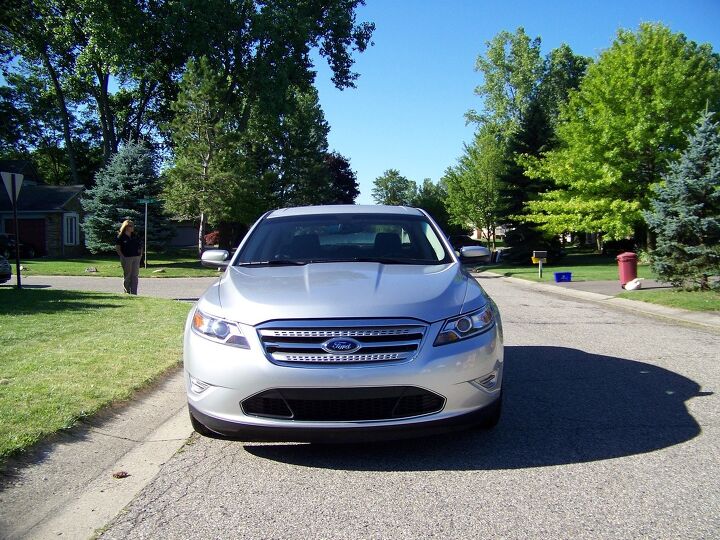




















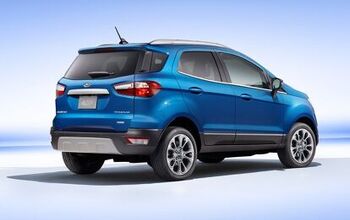
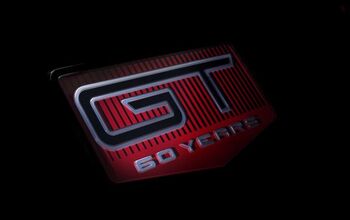
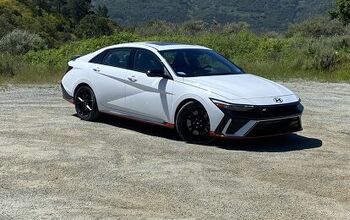
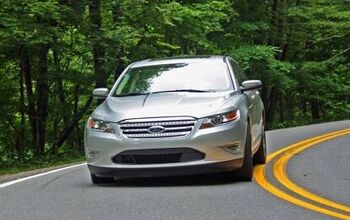
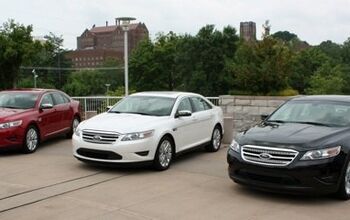
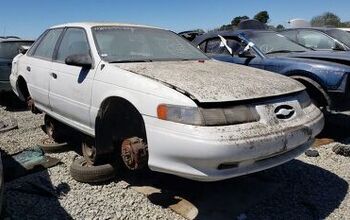
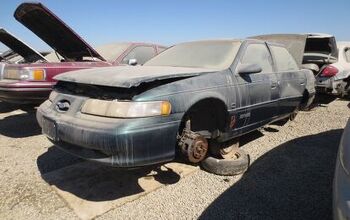
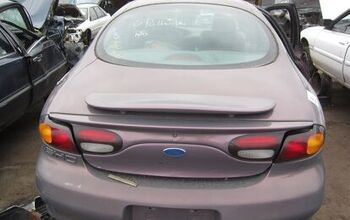
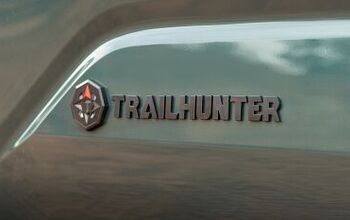
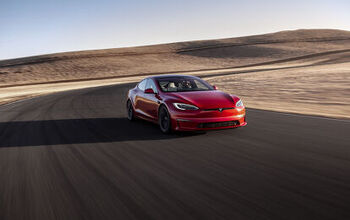
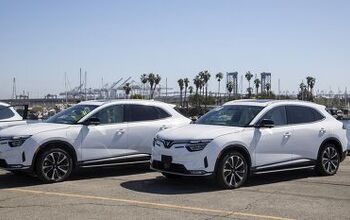

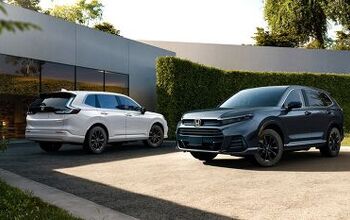
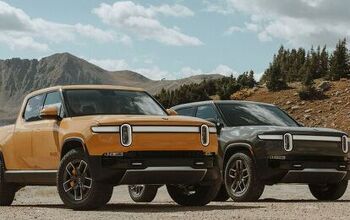
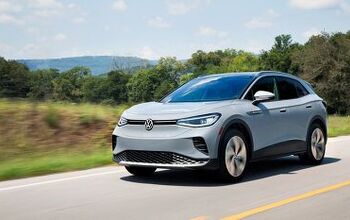
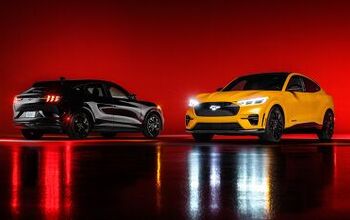
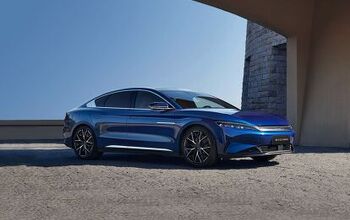
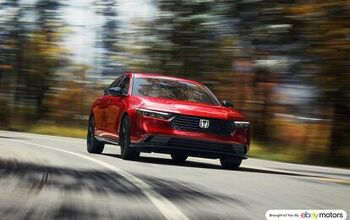
Comments
Join the conversation
Surprised by the level of emotions this car is raising. Based on our own little microcosm, I guess Ford was more intelligent in bringing back the Taurus nameplate than I first thought. Love is preferred, but hate is better than indifference or ignorance as to its existence. Haven't sat in one, have rarely seen them on the road here in Austin. The idea of a big, quiet, powerful cruiser is good. Looks are good. Maybe a more base Taurus would be just as good at what the buyer needs? The reality is the payment - much ink has been spilled on what exact class Taurus competes in, but I get the feeling I'm not alone in just trying to see what kind of cool car I can get for $X. T-SHO might be a screaming deal when used, but the local Lexus dealer has some CPO current-gen LS460s lurking around this price range, actually a little lower.
2010 ford taurus is stylish and nice looking full size sedan car, that can seat up to five people. It's front buffers are marked, with headlamps and and markers that roll around the wings. And I think Ford Cars are the most searched and preferred cars in U.K. & Australia. ==>> 2010 Ford Taurus